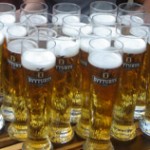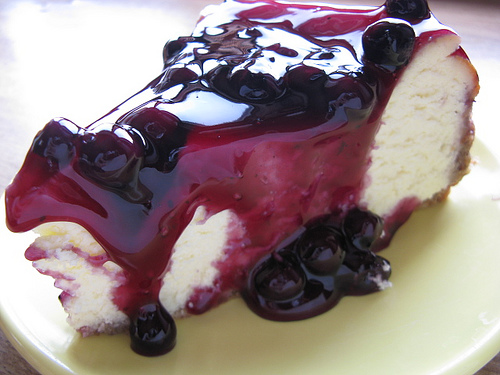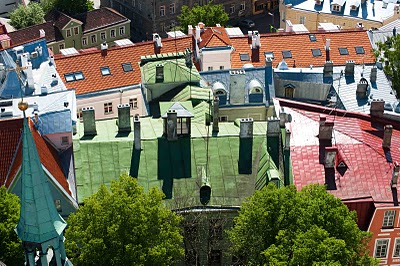This article is written by Justin Rabindra. Justin is a Manager with an Advertising Agency in Delhi. He is also an avid traveler and photographer.
 One of the things we look forward to on our travels is the food. A lot of planning goes into which restaurant we’ll go to and what we’ll eat. At Tallinn last year we had German beer for the first time. It was honey flavoured, thick and dark with a sweet after-taste. We followed it up with an 8 pound steak. People were drinking beer off steins that I couldn’t have lifted with one hand. That beef and beer meal alone was worth the choppy ferry ride across the Baltic from Helsinki. Kingfisher ain’t anywhere near making a world-class beer. And with the beef slaughter ban, you can only dream of a juicy steak.
One of the things we look forward to on our travels is the food. A lot of planning goes into which restaurant we’ll go to and what we’ll eat. At Tallinn last year we had German beer for the first time. It was honey flavoured, thick and dark with a sweet after-taste. We followed it up with an 8 pound steak. People were drinking beer off steins that I couldn’t have lifted with one hand. That beef and beer meal alone was worth the choppy ferry ride across the Baltic from Helsinki. Kingfisher ain’t anywhere near making a world-class beer. And with the beef slaughter ban, you can only dream of a juicy steak.
For the majority of Indians food is a source of tension that starts the moment they get on a flight, because most of us are vegetarians. Travel agents automatically tick ‘Hindu meal’ without checking first and that’s miserable for us, because you end up with some bland roti and sabzi and gulab jamun while the guy in the next seat tucks into roast pork and mashed potatos and blueberry cheesecake.
 Blueberry Cheesecake
Blueberry CheesecakeI think you miss an essential part of travelling when you are closed to trying the local fare. We’ve discovered flavours, smells and experiences with food that I wouldn’t exchange for anything. In China at one time, at Huangshan (near the famous Yellow Mountains) we struggled to order lunch at a restaurant – the menu was in Chinese and no one spoke English. We just walked around the tables and pointed to the customers’ dishes that looked most appealing. One guy even offered to let us taste from his bowl of soup, which we politely declined. Turned out the best Chinese we’d ever had.
This photo is a shot I took from the tallest church tower in Tallinn, Estonia, after walking up hundreds of steps.
Justin Rabindra
3 Apr 2010
http://justinrabindra.blogspot.com/
Average Rating: 4.7 out of 5 based on 180 user reviews.
 One of the things we look forward to on our travels is the food. A lot of planning goes into which restaurant we’ll go to and what we’ll eat. At Tallinn last year we had German beer for the first time. It was honey flavoured, thick and dark with a sweet after-taste. We followed it up with an 8 pound steak. People were drinking beer off steins that I couldn’t have lifted with one hand. That beef and beer meal alone was worth the choppy ferry ride across the Baltic from Helsinki. Kingfisher ain’t anywhere near making a world-class beer. And with the beef slaughter ban, you can only dream of a juicy steak.
One of the things we look forward to on our travels is the food. A lot of planning goes into which restaurant we’ll go to and what we’ll eat. At Tallinn last year we had German beer for the first time. It was honey flavoured, thick and dark with a sweet after-taste. We followed it up with an 8 pound steak. People were drinking beer off steins that I couldn’t have lifted with one hand. That beef and beer meal alone was worth the choppy ferry ride across the Baltic from Helsinki. Kingfisher ain’t anywhere near making a world-class beer. And with the beef slaughter ban, you can only dream of a juicy steak.


